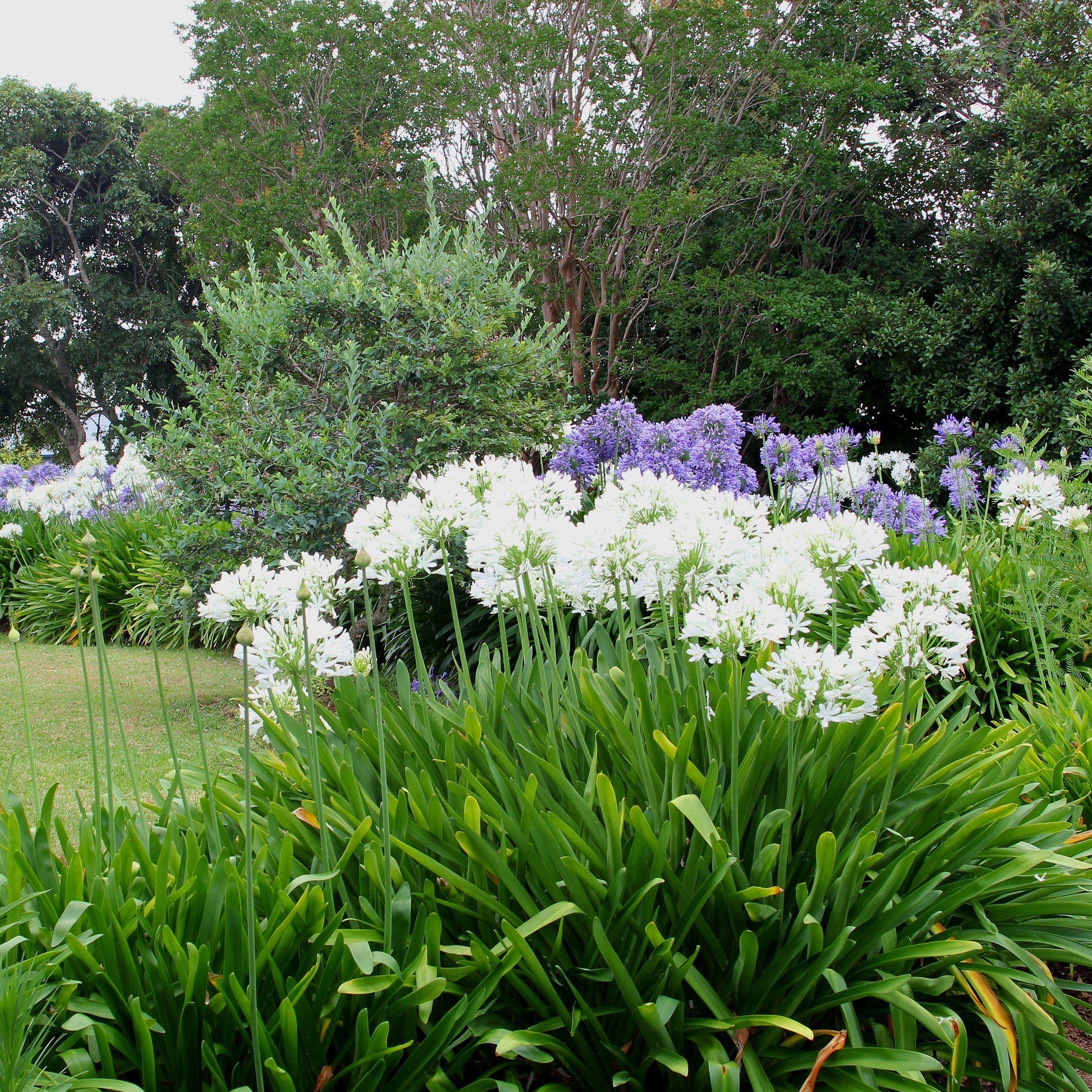Typical Agapanthus Problems and How to Solve Them
Letting Loose the Secret to Effective Agapanthus Farming: Idea for a Flourishing Garden
In the realm of horticulture, growing agapanthus successfully requires a critical technique that includes different facets of plant treatment. By comprehending the nuances of agapanthus farming, one can produce an environment where these plants thrive and grow generously.
Planting Agapanthus: Finest Practices
When planting Agapanthus, correct soil prep work is crucial for making sure successful development and advancement of these gorgeous blossoms. Agapanthus, commonly called Lily of the Nile or African lily, prospers in well-draining soil with a somewhat acidic to neutral pH level - Agapanthus. Prior to growing, it is important to amend hefty clay soils with natural matter such as garden compost or peat moss to improve drain and supply necessary nutrients for the plants
To plant Agapanthus, select an area that gets complete sunlight to partial shade, as this will certainly promote healthy and balanced growth and plentiful blooming. Dig a hole twice the diameter of the plant's root round and put the Agapanthus at the very same deepness it was formerly expanding. Gently backfill the opening with soil, pushing down firmly to get rid of any type of air pockets around the origins.
Water the newly planted Agapanthus completely and remain to keep the soil equally moist, particularly throughout the plant's energetic growing season. Agapanthus. Applying a balanced plant food once a month can better support the plant's development and flowering. By complying with these finest techniques for growing Agapanthus, you can create a sensational display screen of these captivating flowers in your garden
Suitable Dirt Conditions for Agapanthus
For optimal development and growing success of Agapanthus plants, making sure the dirt conditions are perfect is essential. Agapanthus prefers dirt that is abundant in nutrients, so integrating a balanced fertilizer during the growing period can advertise healthy growth and vivid blossoms.

Watering and Feeding Tips
To make certain healthy development and dynamic blossoms, correct watering and fertilizing methods are vital for successful Agapanthus farming. Agapanthus plants benefit from routine watering, specifically throughout the expanding period.
When it involves feeding Agapanthus, a well balanced fertilizer with equal parts nitrogen, phosphorus, and potassium can be applied in the springtime to promote healthy and balanced growth and flowering. Slow-release fertilizers are suitable for giving nutrients progressively over a prolonged duration. Avoid over-fertilizing, as this can bring about too much foliage development at the expenditure of flowers.
In addition, integrating organic issue like garden compost right into the dirt can improve nutrient degrees and improve soil structure, assisting in see the overall health of the Agapanthus plants. By following these watering and feeding suggestions, garden enthusiasts can ensure their Agapanthus plants grow and produce sensational display screens of blossoms.
Trimming and Deadheading Techniques
Correct trimming and deadheading methods play a vital role in preserving the health and visual appeals of Agapanthus plants, complementing the crucial methods of watering and feeding for successful cultivation. Trimming Agapanthus entails eliminating spent flower heads, dead or yellowing fallen leaves, and overall shaping of the plant to advertise much better growth. Deadheading, the process of eliminating faded flowers, not just boosts the plant's look yet additionally encourages additional growing.
When deadheading Agapanthus, it is recommended to trim off the flower stem at the base making use of sharp, tidy shears. This process redirects the plant's power from seed manufacturing back right into root and foliage development, advertising a much healthier and much more durable plant. Normal deadheading can extend the blooming period of Agapanthus and avoid self-seeding, which can cause congestion.
In terms of pruning, Agapanthus generally benefits from a light trim after blossoming to clean up the plant and encourage fresh growth. Reducing the invested blossom stems and getting rid of any type of dead or broken foliage helps maintain the plant's vitality and total look. Nonetheless, it is necessary to stay clear of reducing right into the crown of the plant, as this can deteriorate its health and wellness.

Protecting Agapanthus From Pests and Diseases
Executing reliable parasite and disease monitoring strategies is vital to safeguarding the health and wellness and vitality our website of Agapanthus plants in cultivation. One common bug that influences Agapanthus is the Agapanthus borer, a caterpillar that tunnels right into the plant, triggering damages to the leaves and blossoms.
In enhancement to bugs, Agapanthus are vulnerable to diseases such as root rot and fungal leaf spots. By remaining vigilant and addressing parasite and illness problems promptly, garden enthusiasts can aid their Agapanthus grow and grow.

Verdict
Finally, effective cultivation of agapanthus calls for appropriate growing methods, ideal soil problems, ample watering and fertilizing, normal pruning and deadheading, and defense from insects and illness. By complying with these suggestions and methods, garden enthusiasts can ensure a prospering garden loaded with beautiful agapanthus blooms. Agapanthus. Remember to maintain constant treatment and attention to detail to advertise the wellness and long life of these stunning plants
When planting Agapanthus, appropriate dirt prep work is essential for guaranteeing effective growth and advancement of these lovely flowers.Water the freshly planted Agapanthus completely and continue to helpful resources keep the soil uniformly damp, specifically throughout the plant's energetic expanding period.For ideal development and flowering success of Agapanthus plants, making sure the dirt problems are excellent is crucial. When hair transplanting or growing Agapanthus, make certain the soil is well-prepared to offer the needed foundation for the plants to establish themselves successfully. One common pest that affects Agapanthus is the Agapanthus borer, a caterpillar that passages right into the plant, triggering damage to the flowers and fallen leaves.